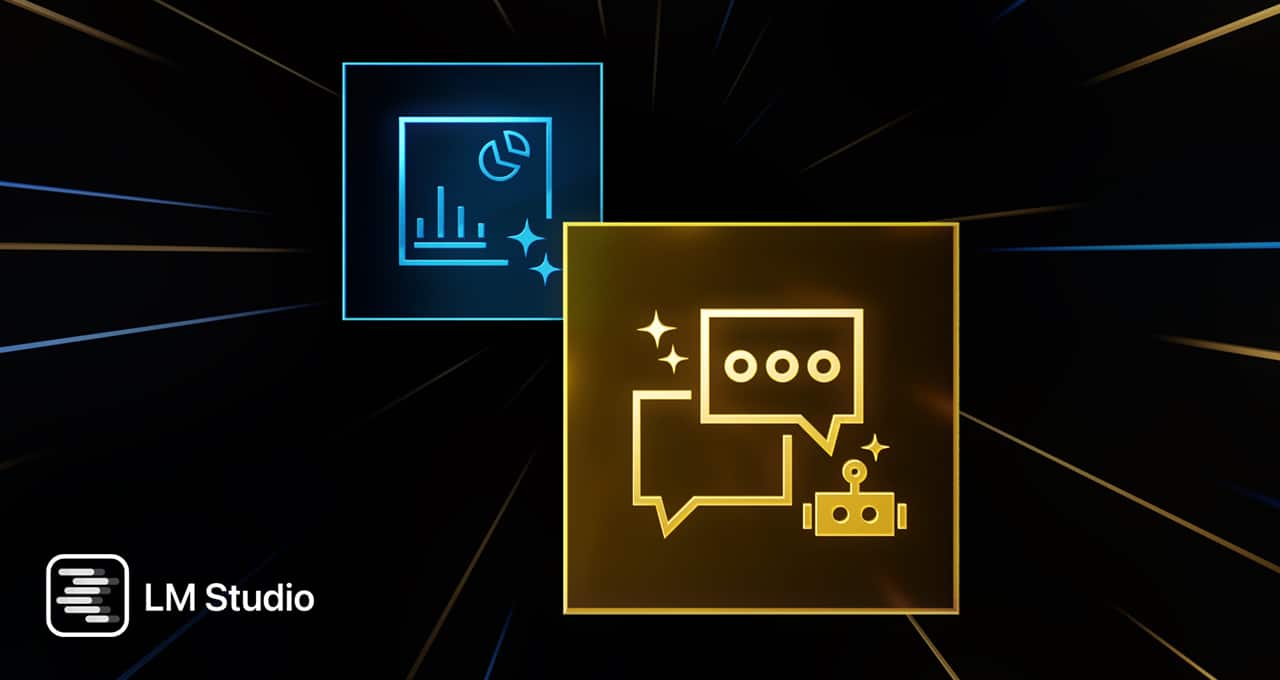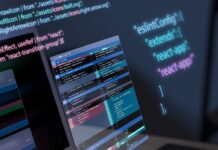Unlocking the Power of Large Language Models with GPU Offloading
Large Language Models (LLMs) are at the forefront of a technological revolution, reshaping how we approach productivity and efficiency in various fields. These sophisticated models are designed to carry out a multitude of tasks such as drafting documents, summarizing web pages, and providing precise answers to almost any inquiry, thanks to their training on vast datasets. As a core component of the emerging generative AI landscape, LLMs are integral to the development of digital assistants, conversational avatars, and customer service agents.
While LLMs hold immense potential, they also pose significant challenges, particularly when it comes to running these models locally on personal computers or workstations. This article explores the balance between performance and model quality, the innovative approach of GPU offloading, and the role of LM Studio in bringing high-performance LLM capabilities to individual users.
The Challenge of Model Size and Performance
When dealing with LLMs, one of the primary considerations is the tradeoff between the size of the model and its performance. Generally, larger models are capable of delivering more accurate and higher-quality responses. However, this accuracy often comes at the cost of speed, as larger models tend to run more slowly. Conversely, smaller models may execute tasks more rapidly but with a potential dip in response quality.
This tradeoff is not always straightforward. For some applications, such as content generation, the accuracy of the model may be more critical, allowing it to operate in the background without immediate time constraints. In contrast, applications like conversational assistants require both speed and accuracy to function effectively in real-time interactions.
The most sophisticated LLMs that are designed to run in data centers can be tens of gigabytes in size, which presents a hurdle for running them on GPUs with limited memory. Traditionally, this would impede the ability to leverage GPU acceleration, as these models would not fit entirely into a GPU’s memory.
GPU Offloading: A Game-Changer
Enter GPU offloading, an innovative solution that allows for part of the LLM to be processed on the GPU and another part on the CPU. This method enables users to exploit GPU acceleration even when the models are too large to fit entirely into the GPU’s memory.
GPU offloading works by breaking down the model into smaller components called "subgraphs," which represent various layers of the model’s architecture. These subgraphs are not permanently loaded onto the GPU; instead, they are dynamically loaded and unloaded as needed. This flexibility allows users to maximize GPU acceleration irrespective of the model size.
LM Studio: Bringing AI Acceleration to Your Desktop
LM Studio is a cutting-edge application designed to facilitate the use of LLMs on desktop or laptop computers. Its user-friendly interface allows for extensive customization and control over how these models operate. Built on the efficient llama.cpp framework, LM Studio is fully optimized for use with NVIDIA GeForce RTX and NVIDIA RTX GPUs.
The beauty of LM Studio lies in its integration with GPU offloading, allowing even the most extensive models to benefit from GPU acceleration without being constrained by VRAM limitations. Users can adjust the GPU offloading slider within LM Studio to determine the number of layers processed by the GPU, tailoring the setup to their specific needs and hardware capabilities.
For instance, consider using the GPU offloading technique with a large model like Gemma-2-27B. The "27B" indicates the number of parameters in the model, giving an estimate of the memory required to run it. Using 4-bit quantization, a method to reduce the size of LLMs with minimal impact on accuracy, each parameter occupies half a byte of memory. This means the model requires approximately 13.5 billion bytes, or 13.5GB, plus some overhead, typically ranging from 1-5GB.
Running this model entirely on a GPU necessitates 19GB of VRAM, which is available on high-end GPUs like the GeForce RTX 4090. However, with GPU offloading, users can run the model on systems with lower-end GPUs and still enjoy the benefits of GPU acceleration.
The Impact of GPU Offloading on Performance
LM Studio allows users to evaluate the performance impact of different levels of GPU offloading compared to CPU-only processing. Testing on a GeForce RTX 4090 desktop GPU illustrates the performance improvements achievable with varying degrees of GPU involvement. As more of the model is offloaded to the GPU, throughput performance significantly increases compared to CPU-only processing. For example, with the Gemma-2-27B model, performance can improve from a sluggish 2.1 tokens per second to much more practical speeds as the GPU is utilized more extensively.
Even users with an 8GB GPU can experience a meaningful speed increase compared to solely using CPUs. Additionally, an 8GB GPU can fully accelerate smaller models that fit entirely in GPU memory, maximizing performance.
Achieving Optimal Balance
The GPU offloading feature of LM Studio is a powerful tool for unlocking the full capabilities of LLMs designed for data centers, such as Gemma-2-27B, on local RTX AI PCs. This functionality makes larger, more complex models accessible across the entire range of PCs equipped with GeForce RTX and NVIDIA RTX GPUs.
Users interested in exploring the benefits of GPU offloading with larger models or experimenting with various RTX-accelerated LLMs running locally on RTX AI PCs and workstations can download LM Studio.
Generative AI is rapidly transforming gaming, video conferencing, and interactive experiences across the board. For those looking to stay informed about the latest developments in this arena, subscribing to the AI Decoded newsletter is an excellent way to keep up with new trends and advancements.
In conclusion, the integration of GPU offloading with LM Studio offers a revolutionary way to harness the power of LLMs on personal computers, bridging the gap between data center capabilities and local hardware limitations. This advancement not only enhances productivity but also democratizes access to cutting-edge AI technology, empowering users with the tools to innovate and excel in their respective fields.
For more Information, Refer to this article.



































